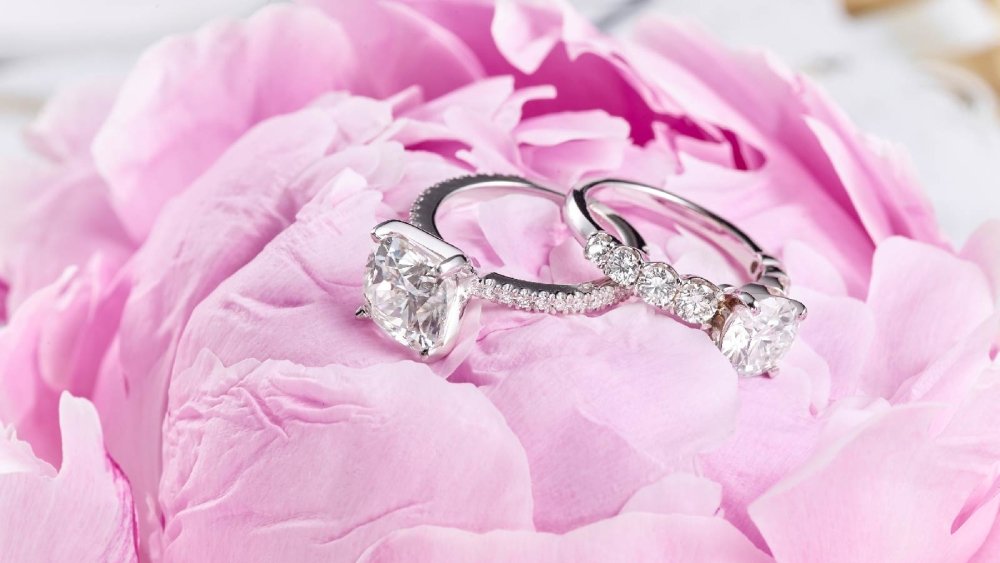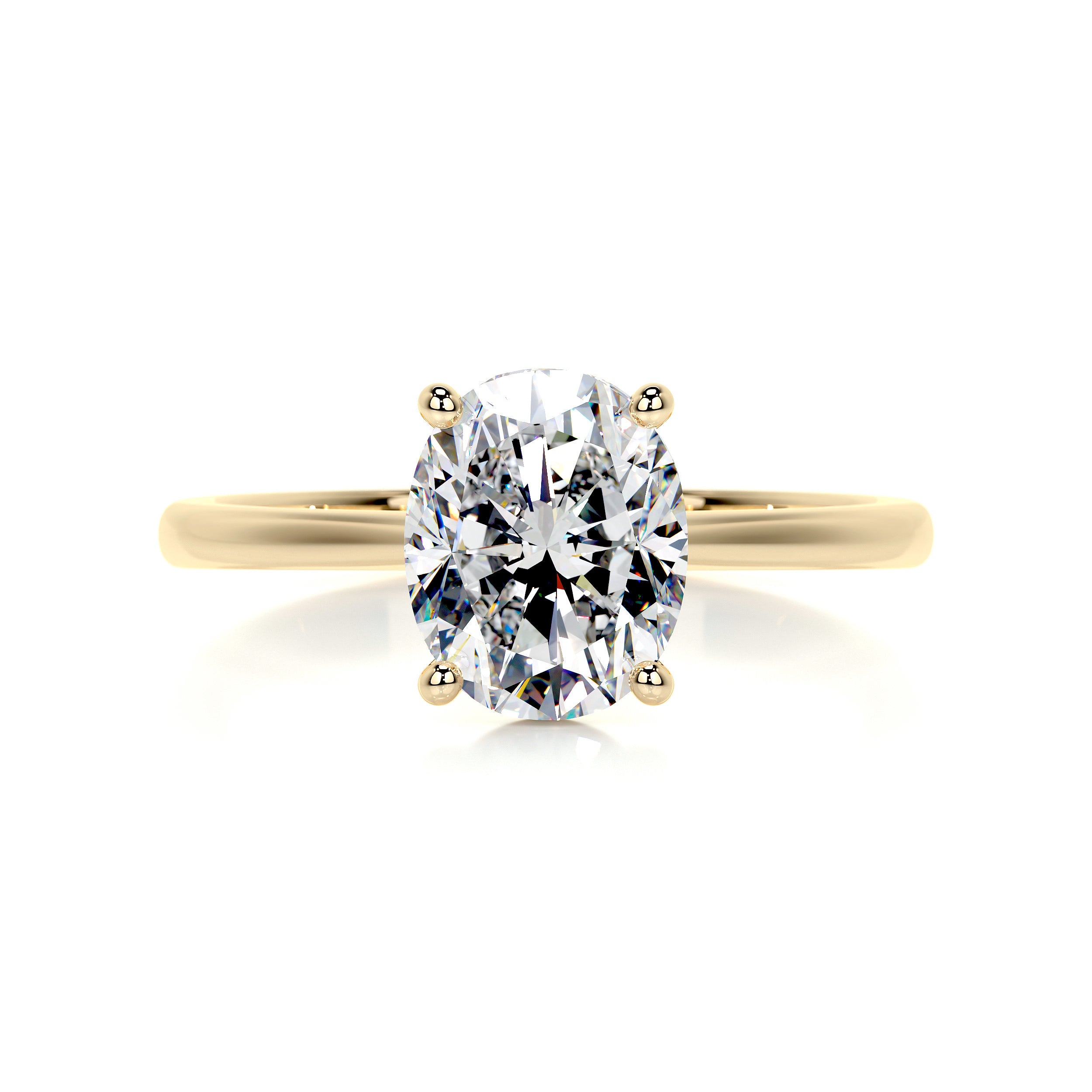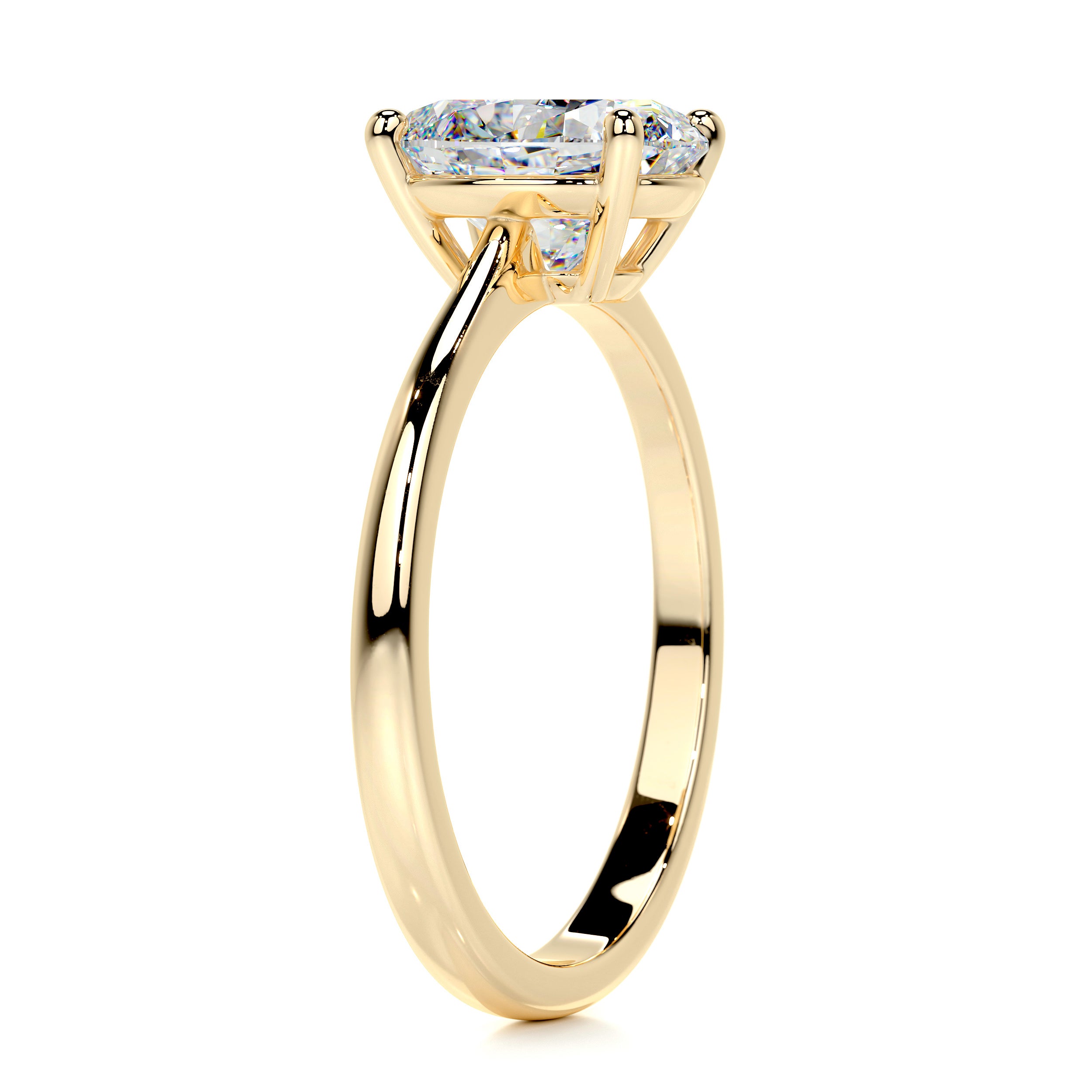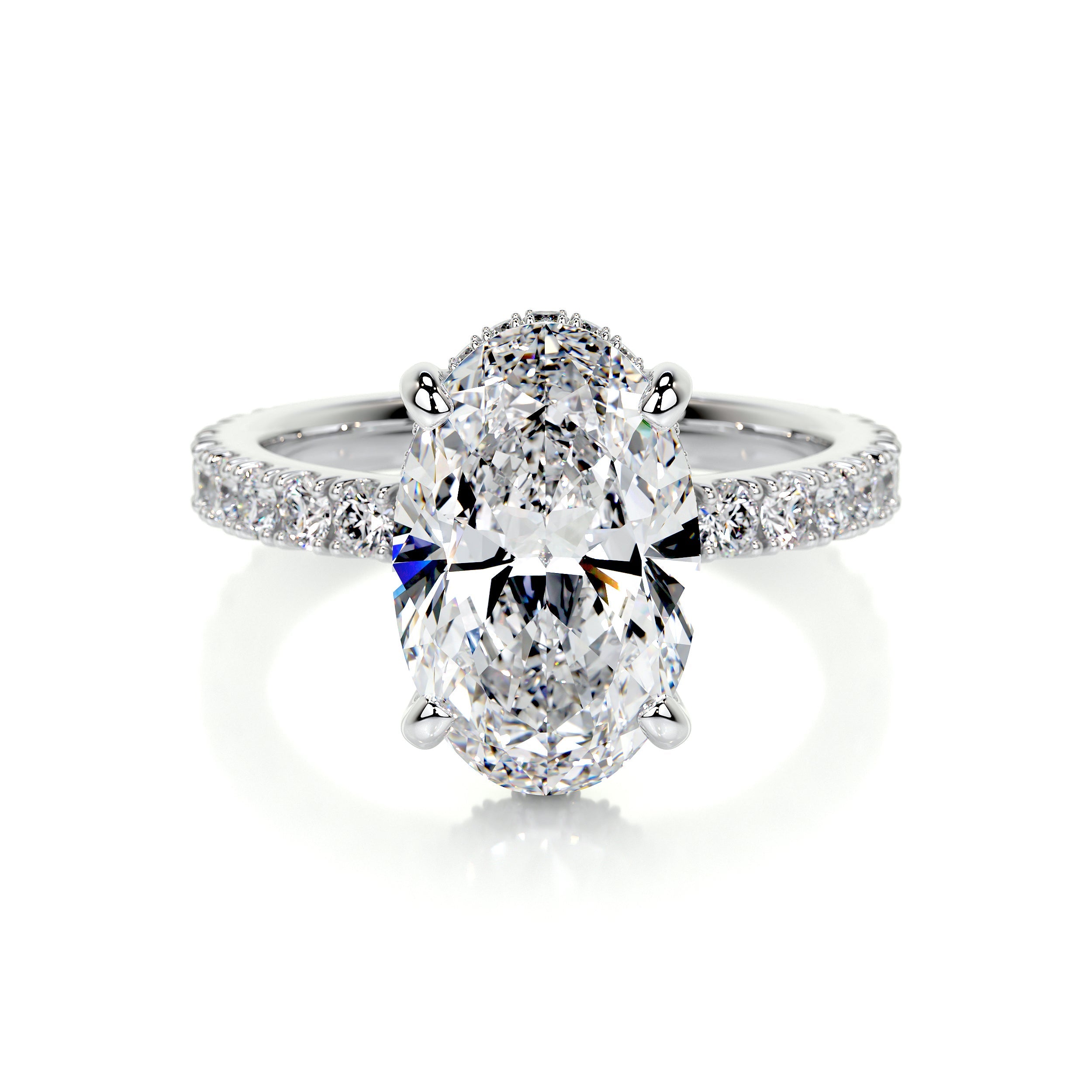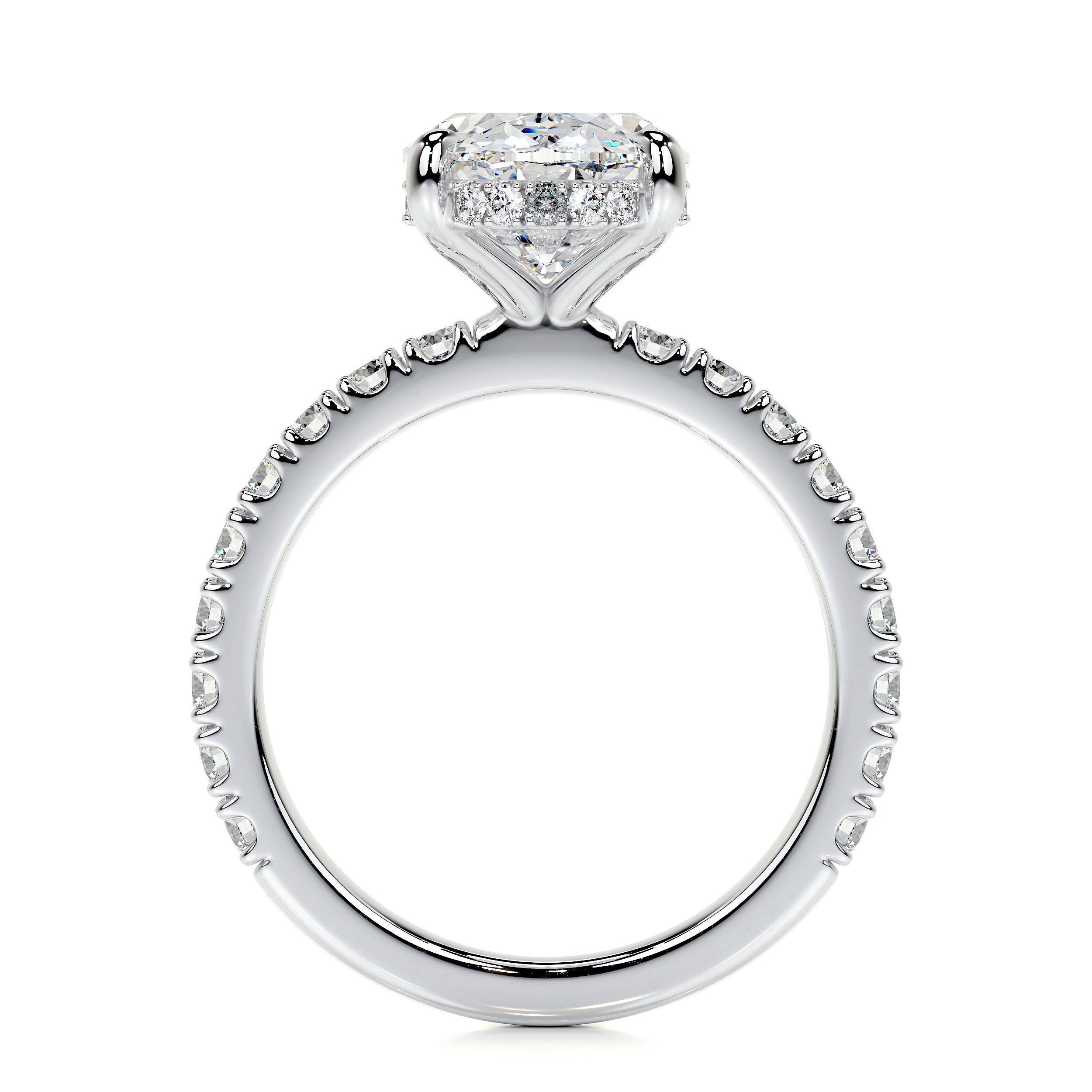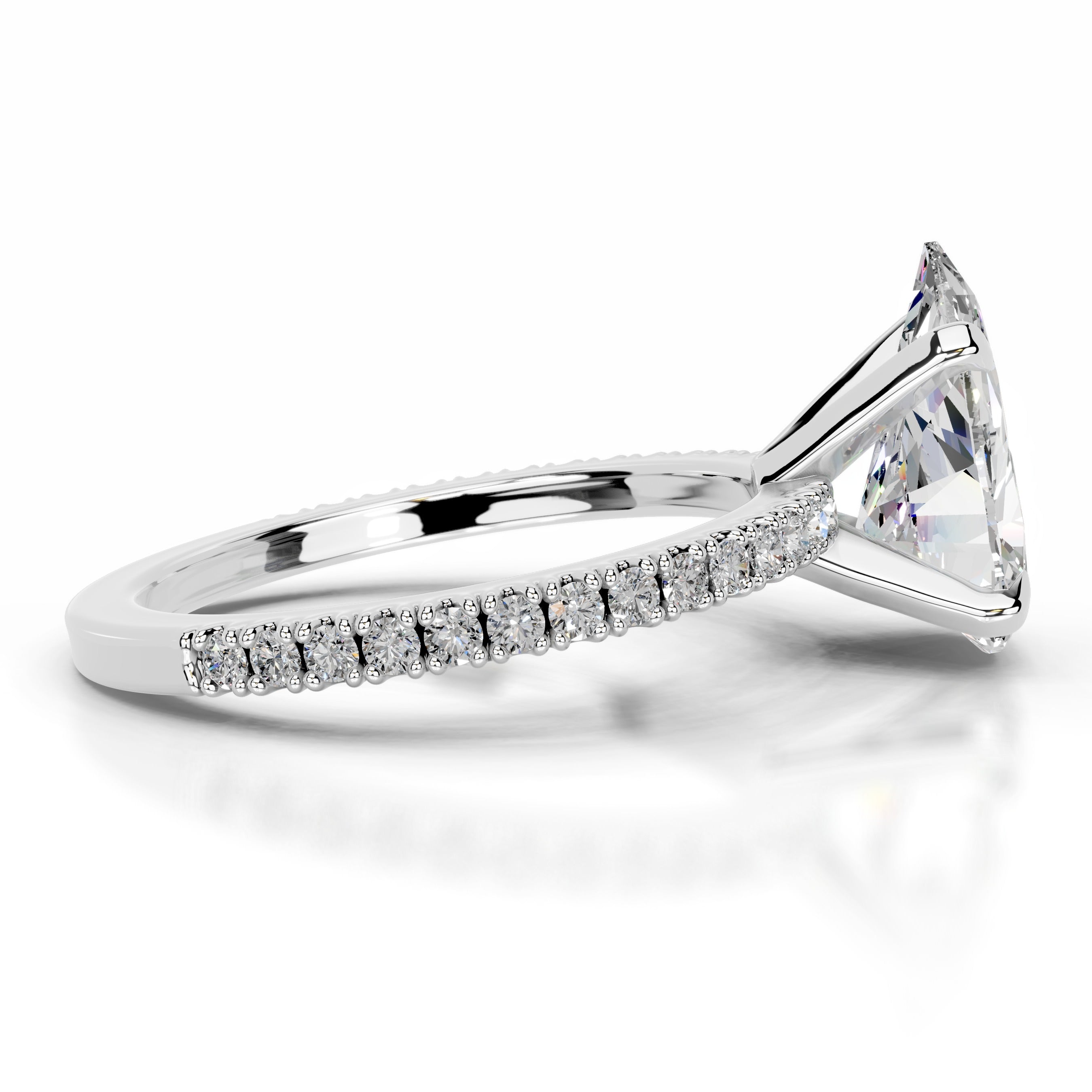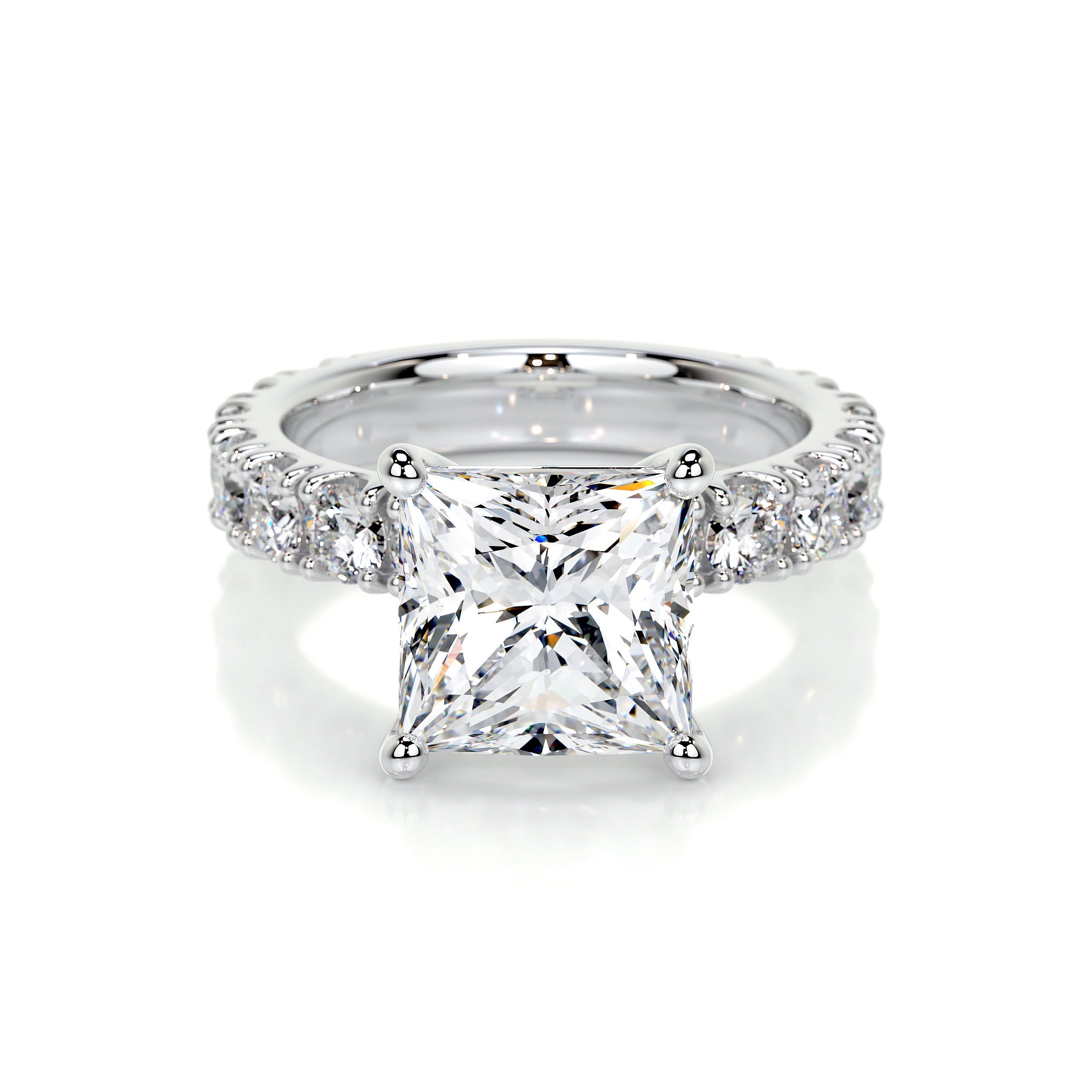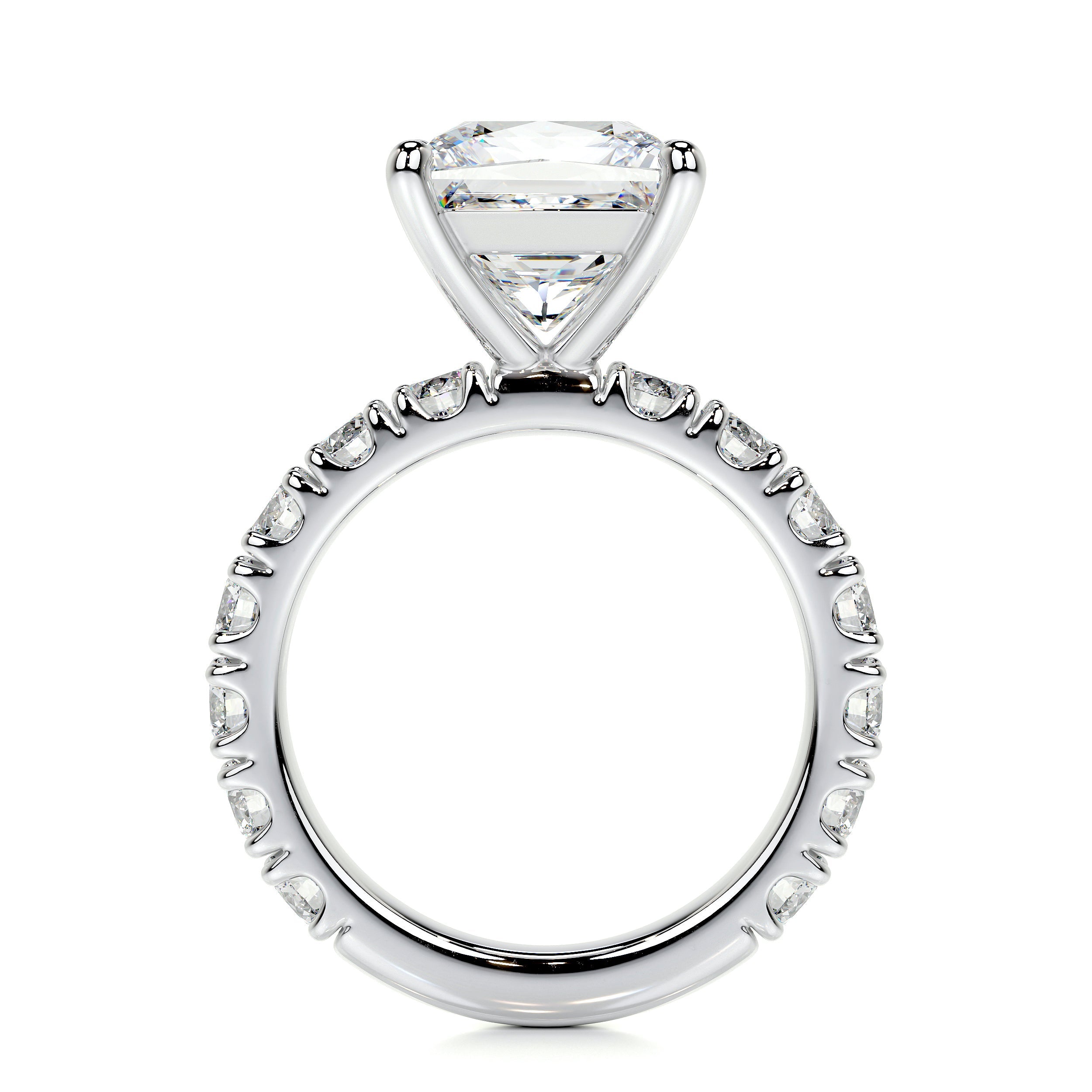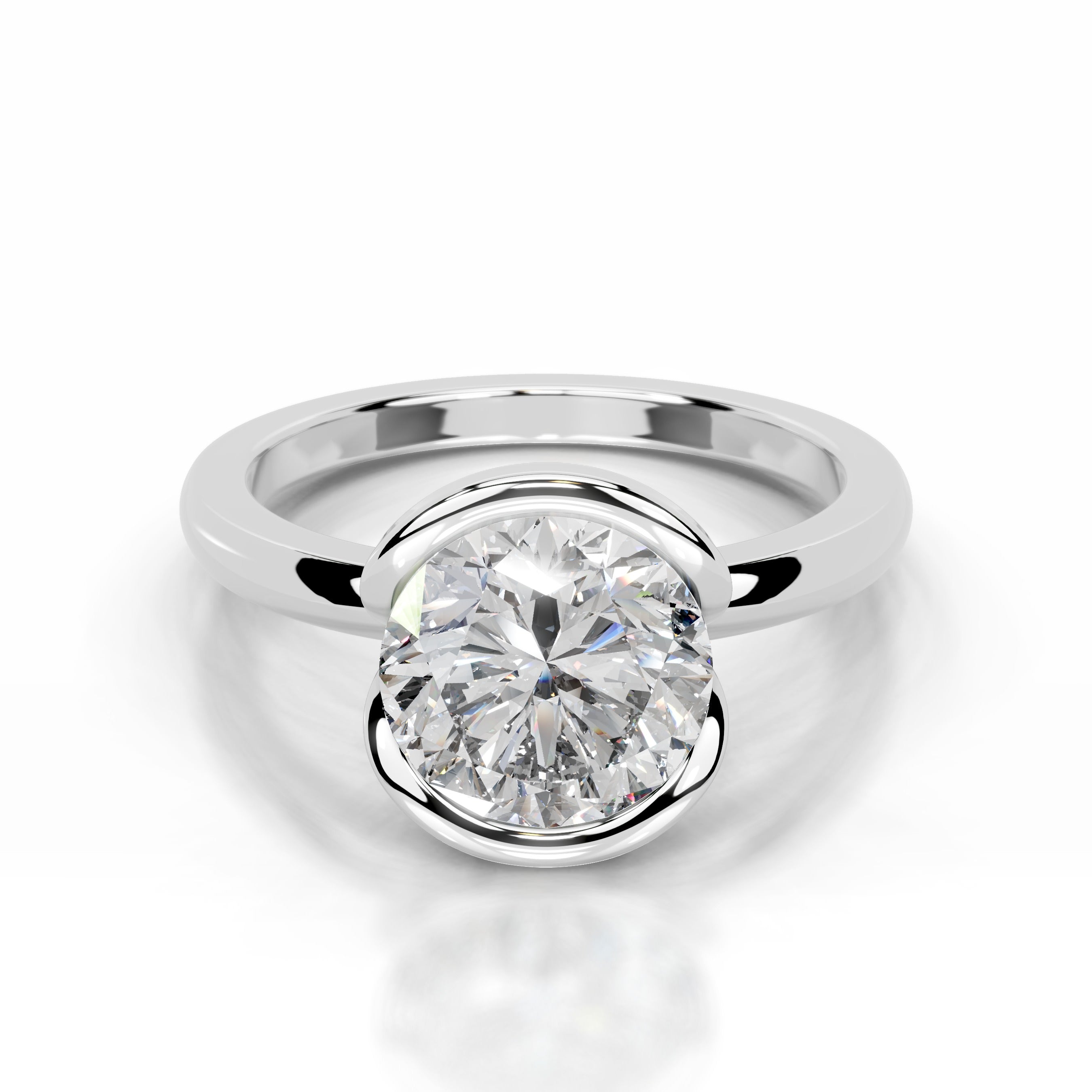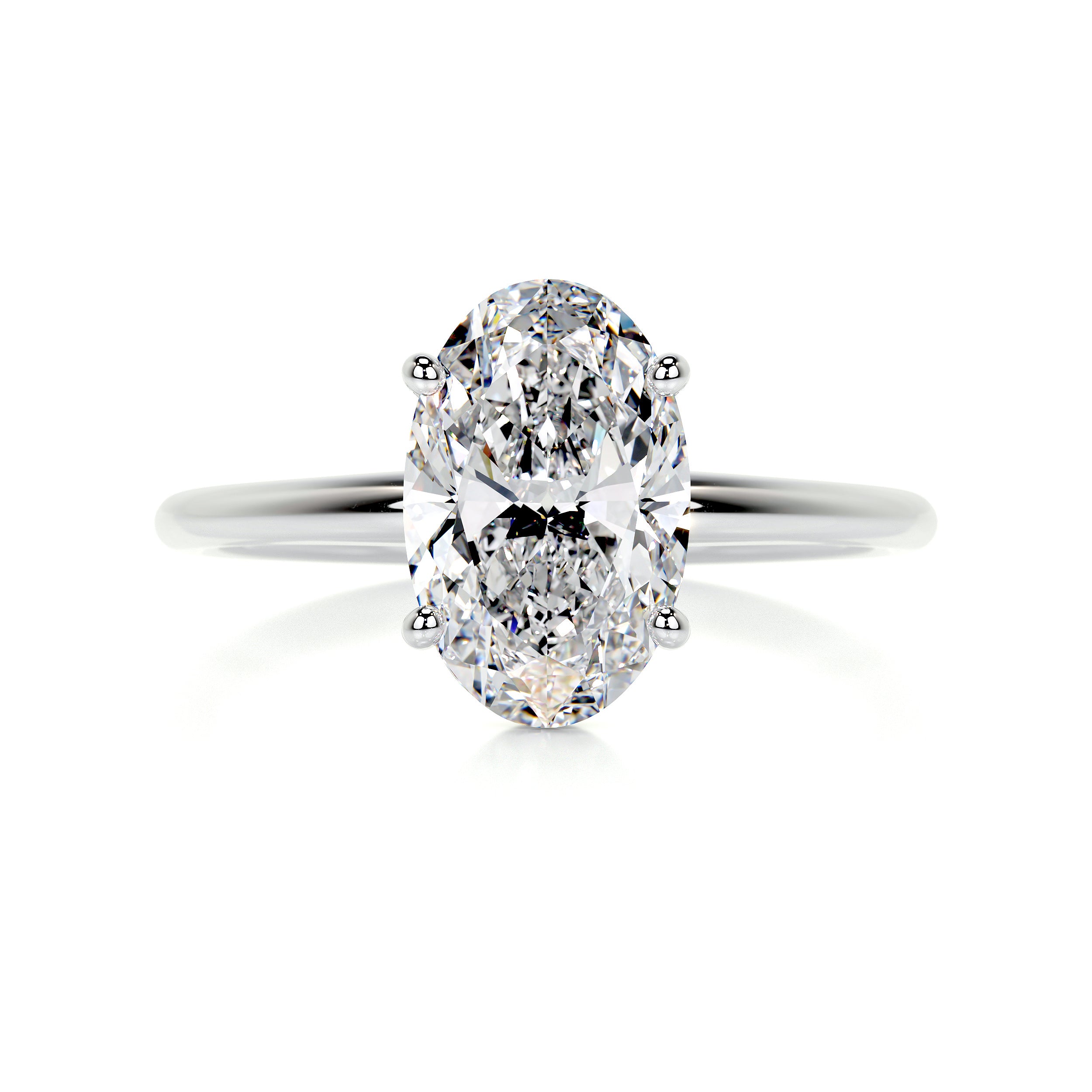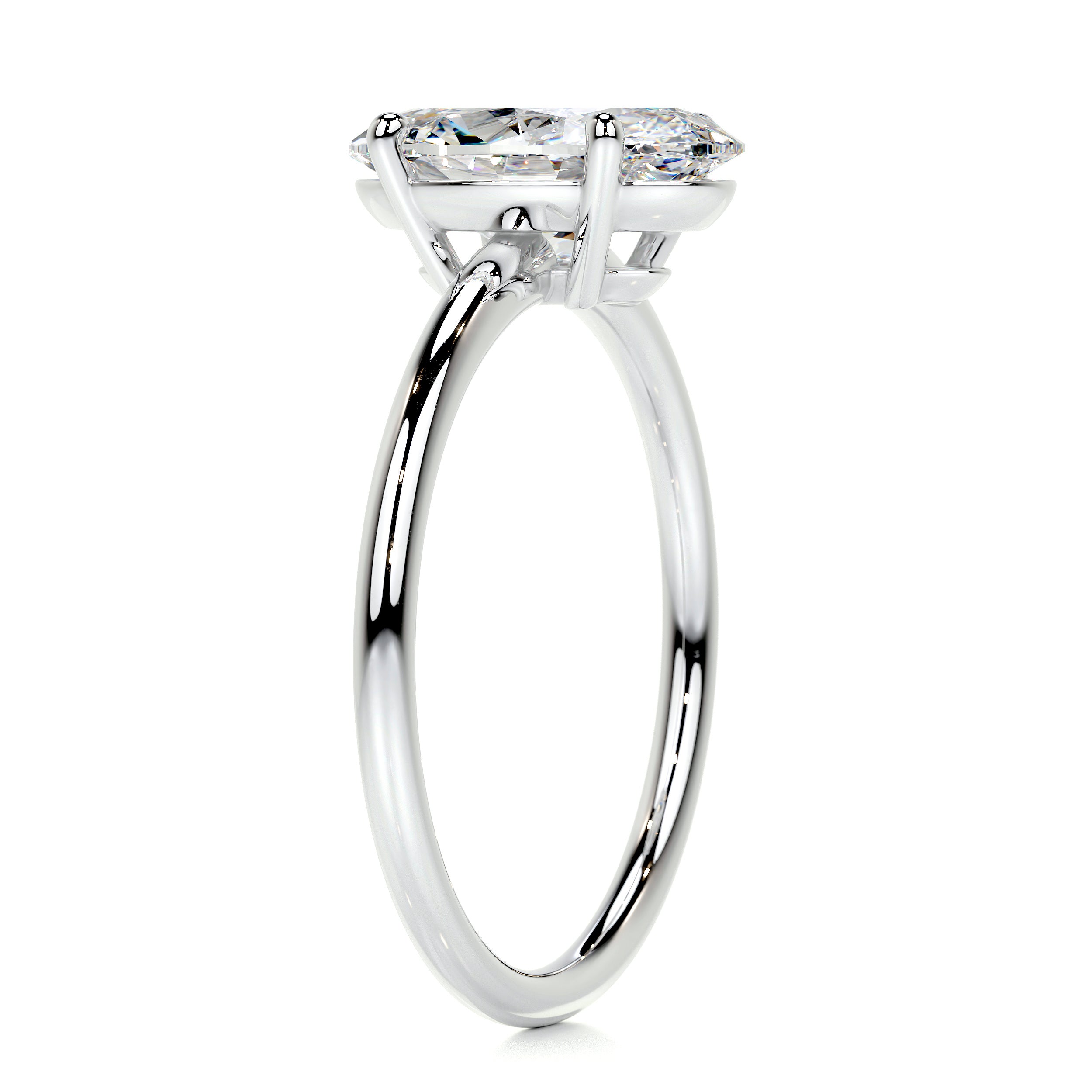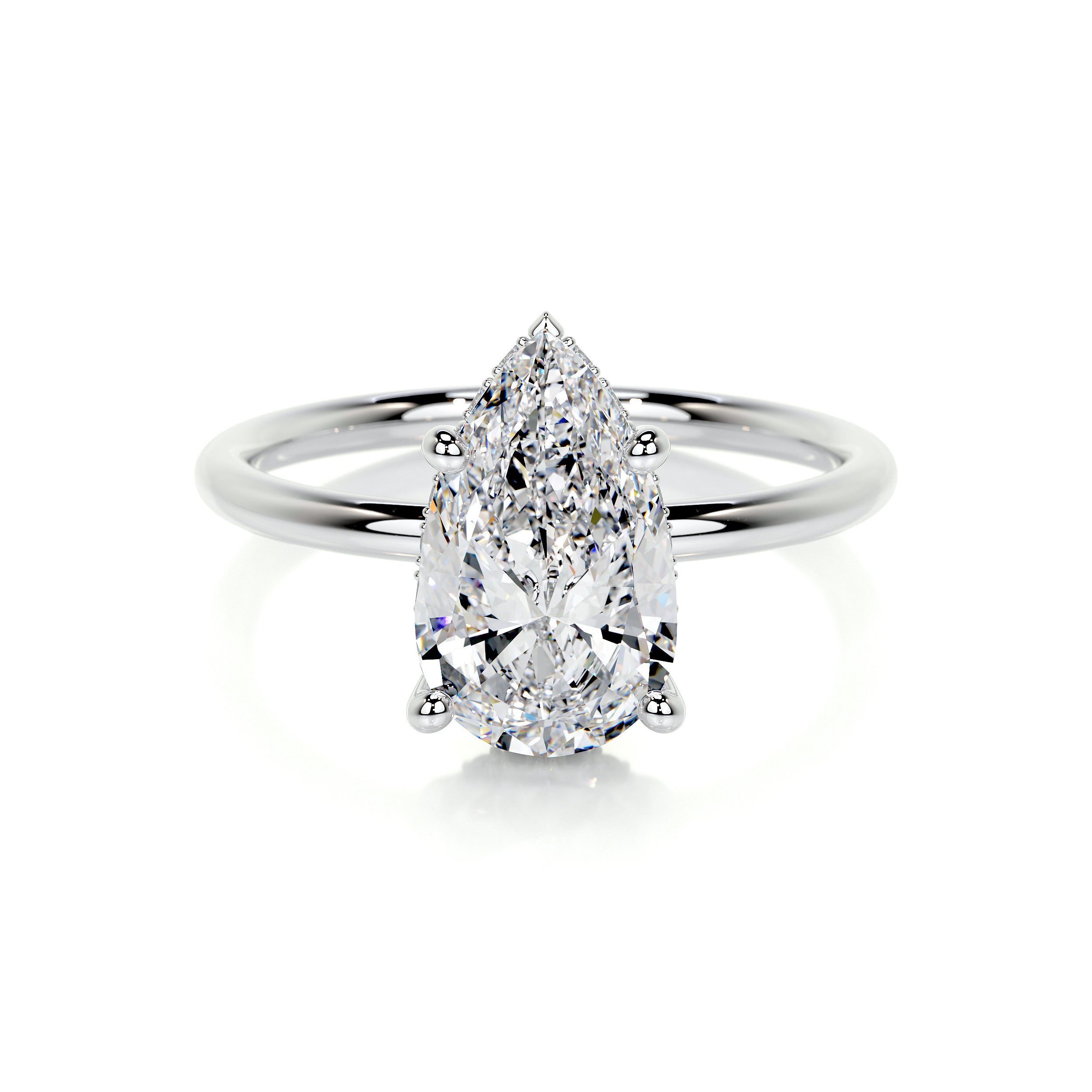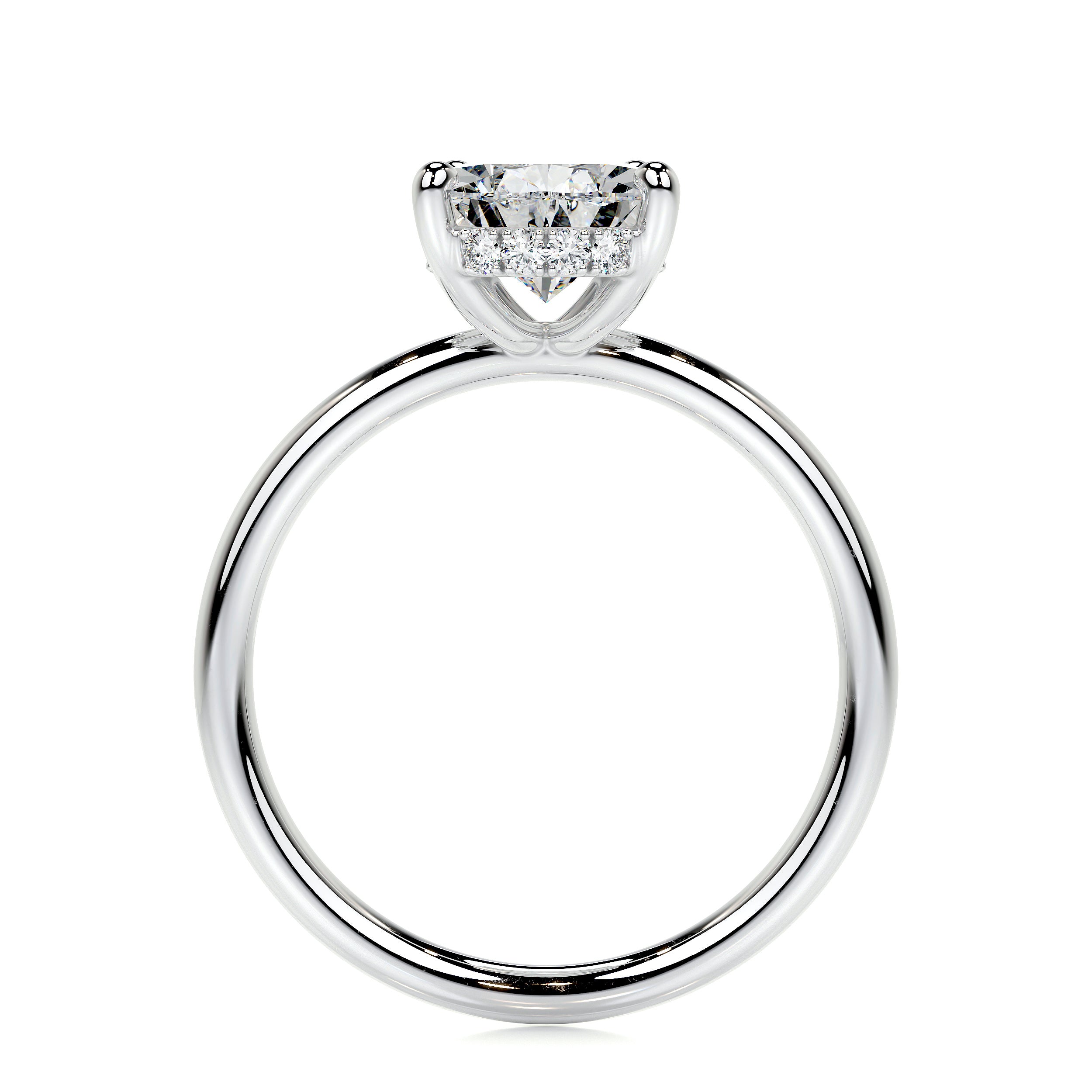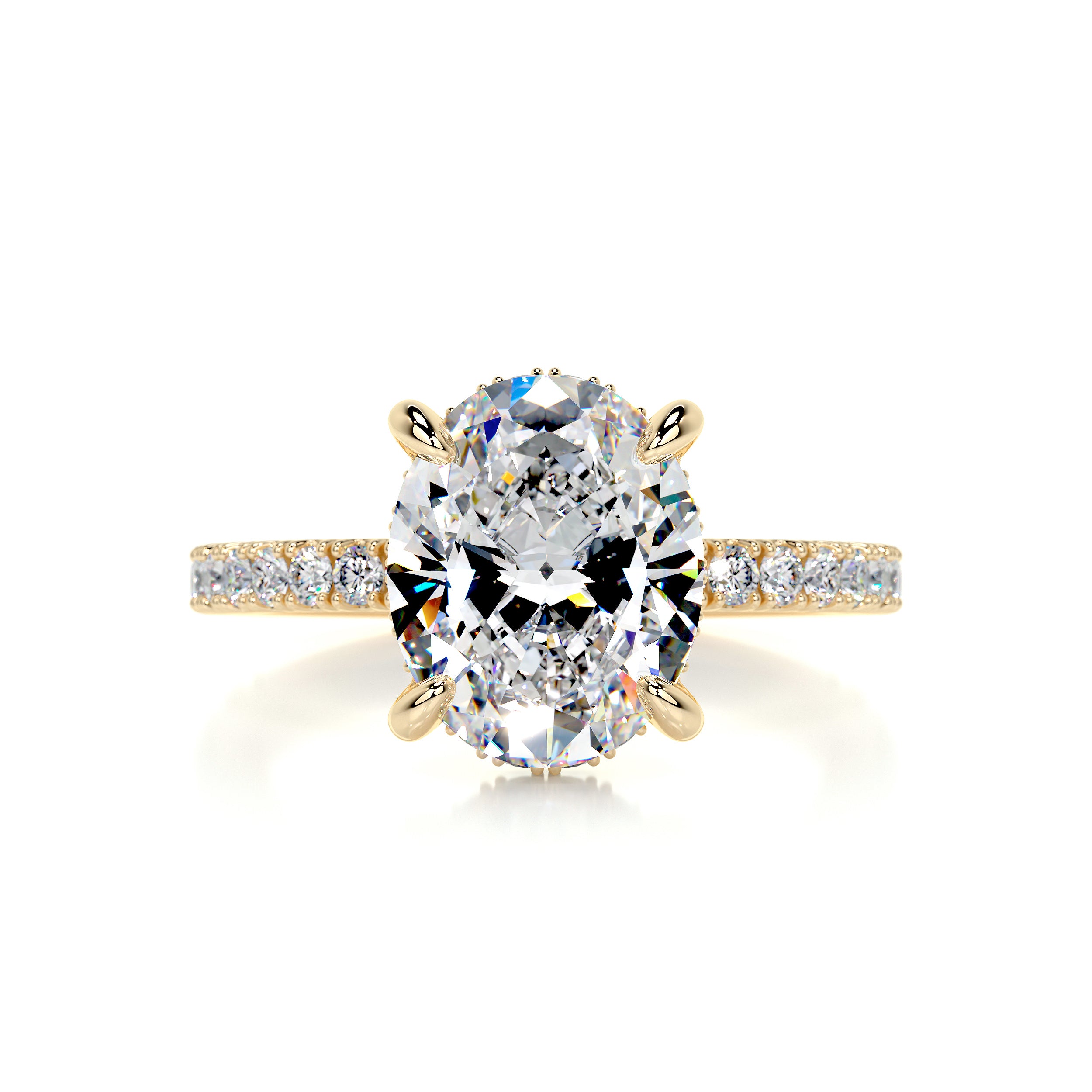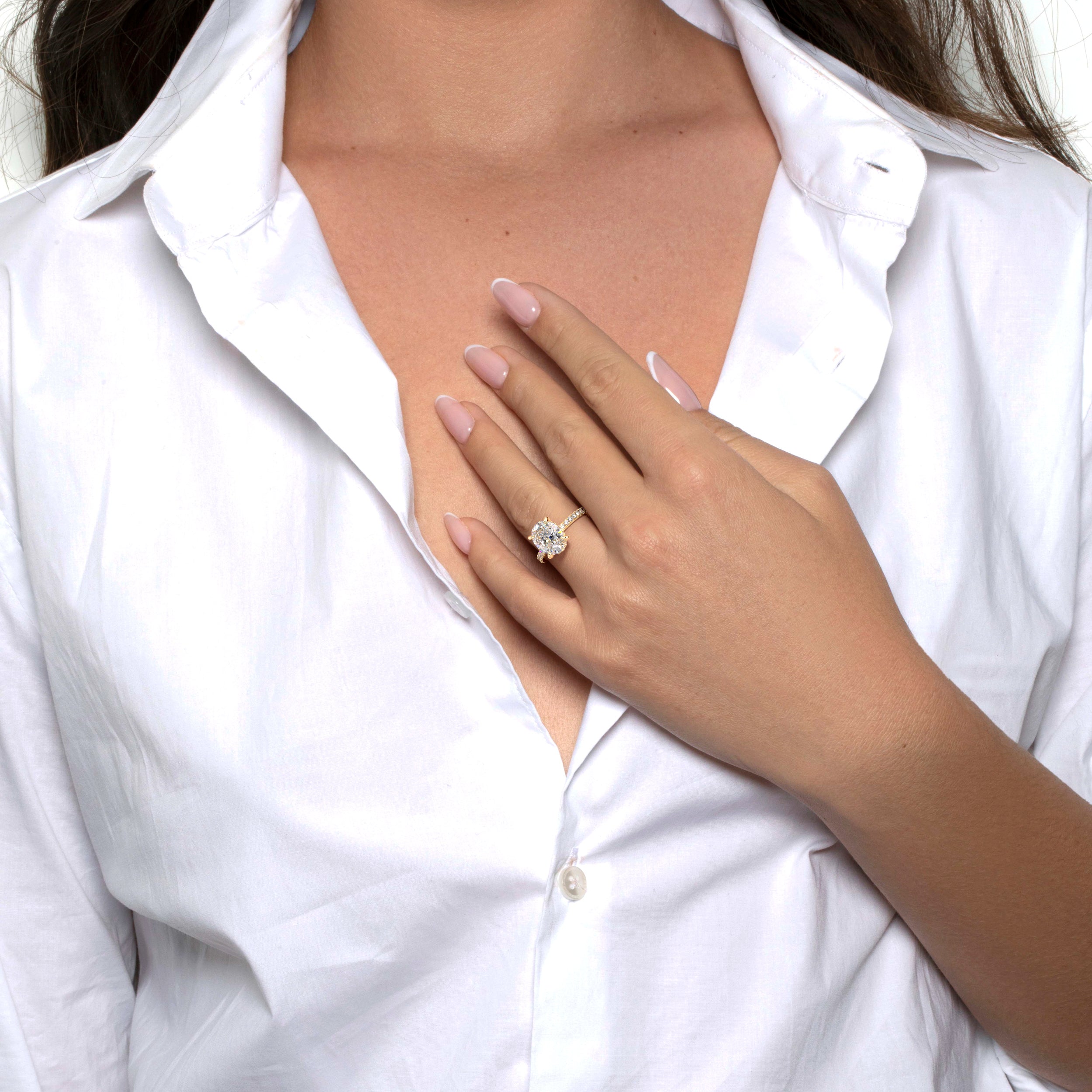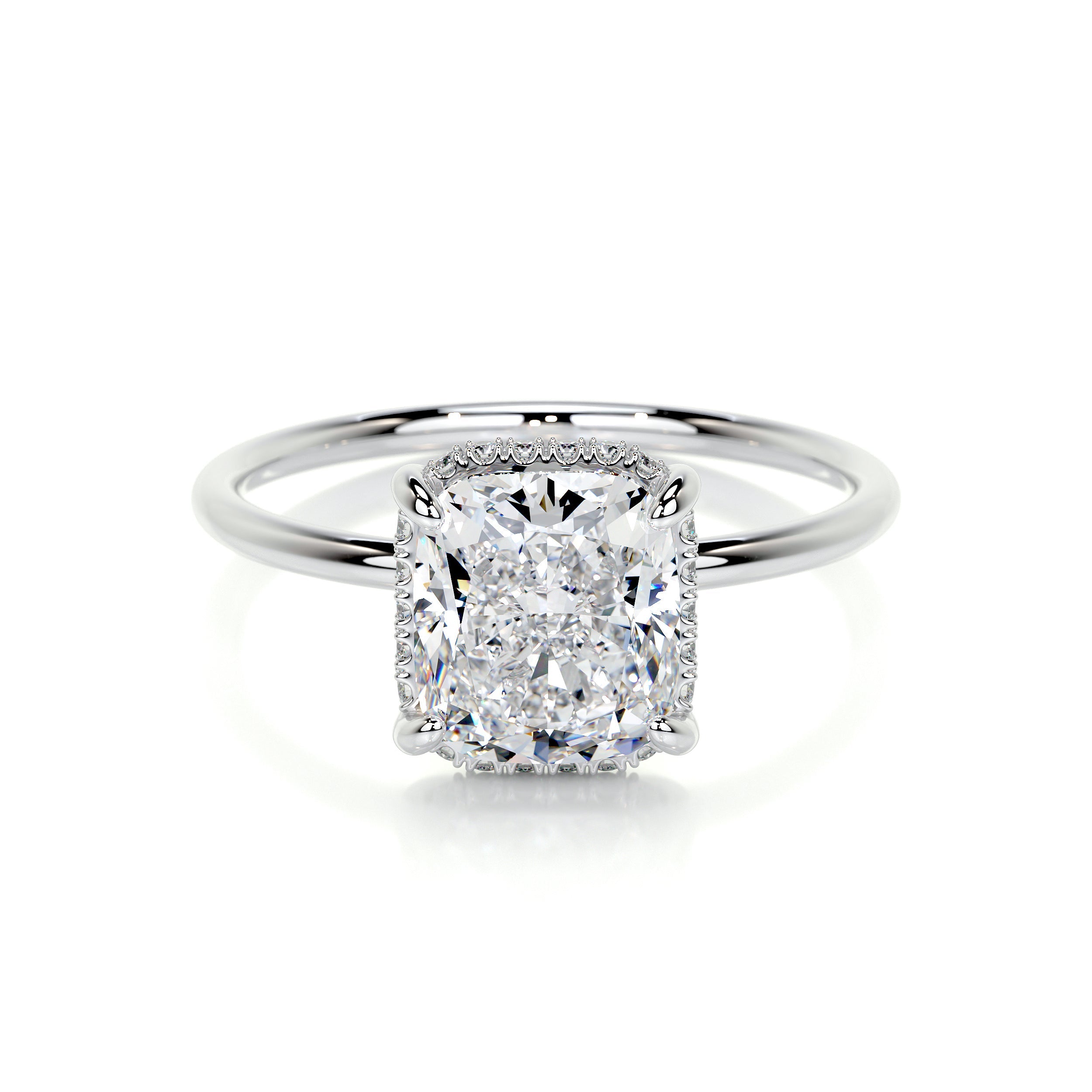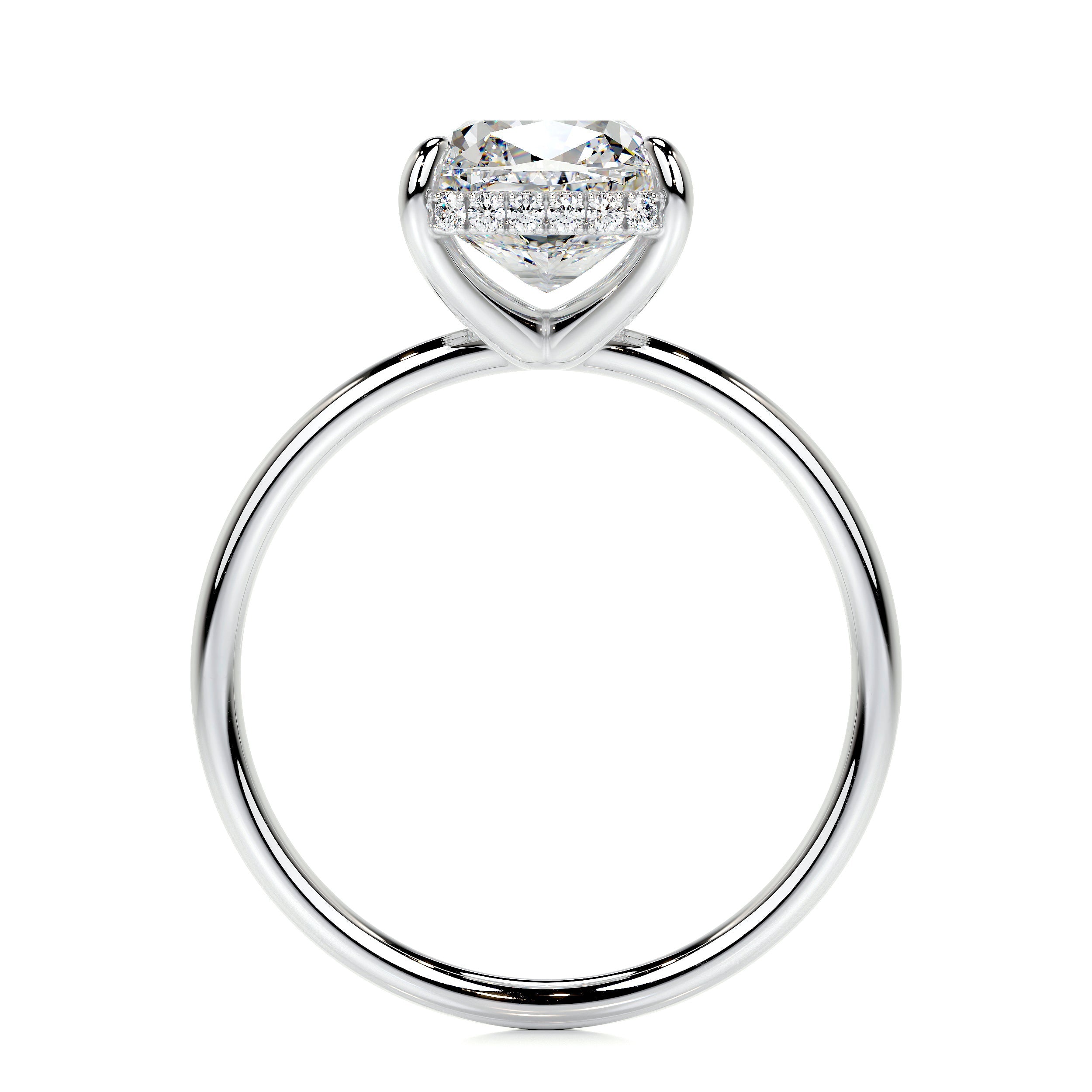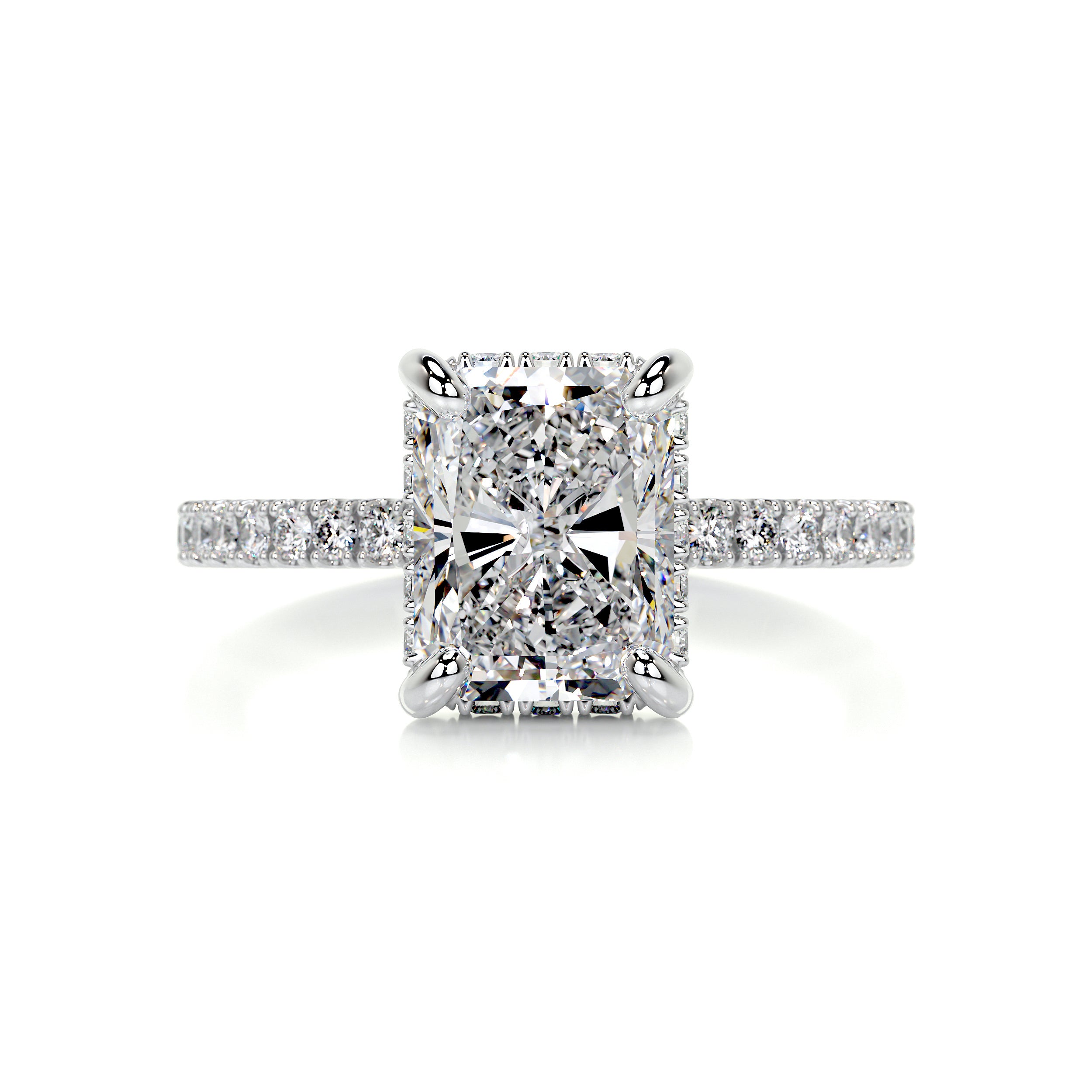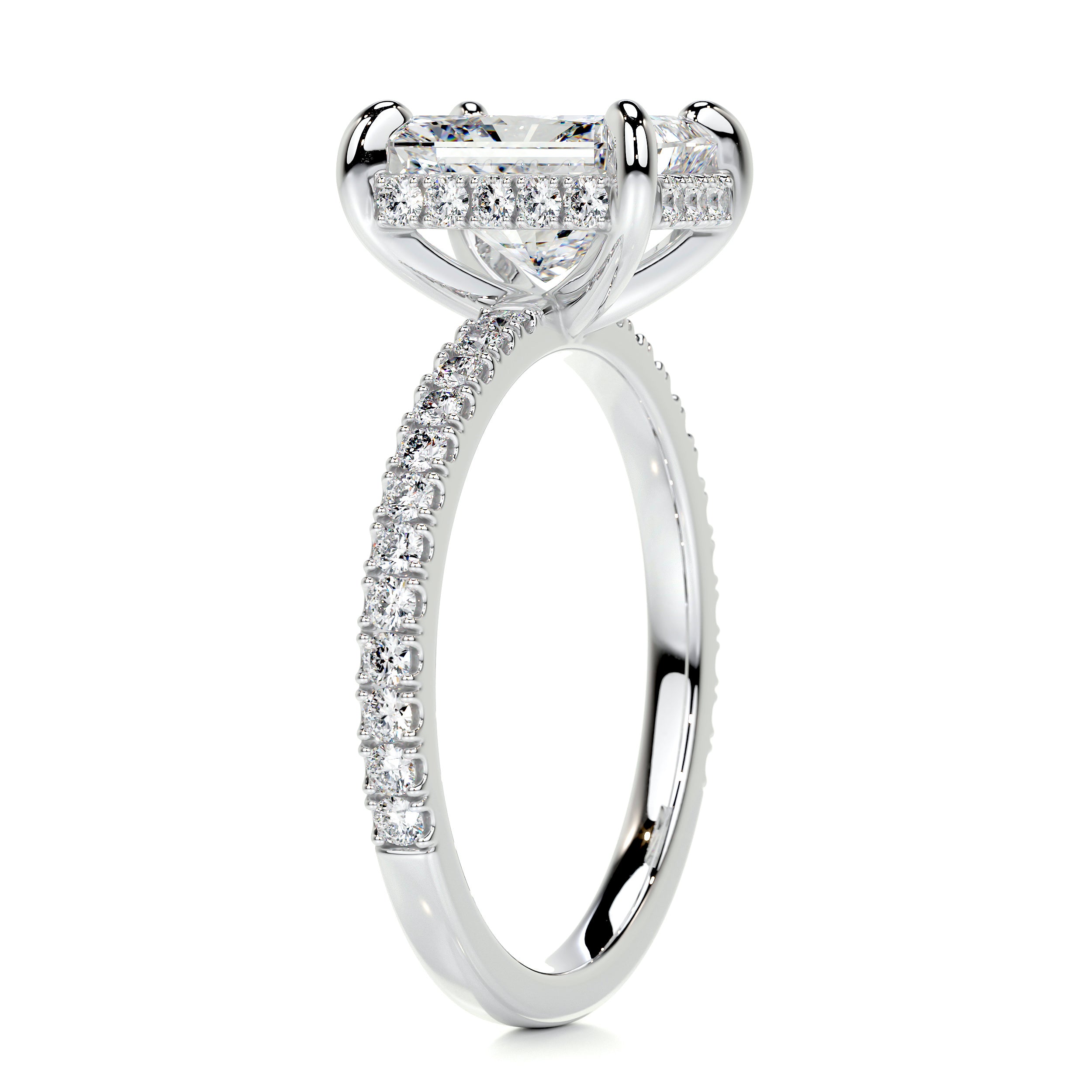With so many luxurious diamond alternatives on the market now, there’s a lot for brides to consider when shopping for their important engagement ring. Other jewelry shoppers are on the hunt for diamond alternatives as well, to fill out their jewelry wardrobe with sumptuous-looking gemstones.
Why Choose Moissanite?
One of the most popular diamond alternatives available now is Moissanite, a created gemstone. This fascinating colorless jewel is produced naturally. However, the crystals are so small that they are unsuitable for jewelry items. And because of its beauty and high-end appeal, Moissanite is never referred to as a diamond substitute. It is an alternative to diamonds or any other luxe gemstone. So many collectors own both natural earth-mined diamonds and Moissanite—and love each one for their distinctive qualities.
If you’re considering Moissanite for an engagement ring or any important piece of jewelry, here are some things you should know to help you make the right decision for you.
The reason why many jewelry fans adore diamonds is because of their extreme brilliance and sparkle. They handle light almost miraculously---sparkling all across the room in certain types of lighting. So, when shoppers look for options other than diamonds, they have to stand up to the high standards of beauty, brilliance, and durability.
Lab-created Moissanite holds its own when it comes to beauty. This colorless gemstone has a sparkle to spare. It has more dispersion than diamonds do. The reason for that is because Moissanite is doubly refractive. That means that it's reflecting light to the eye from each facet in more directions than a diamond does. So, its light performance is off the charts.
Moissanite, the Durable Option
Durability is a major factor when shopping for important jewelry of any kind—and it becomes all the more important when you’re considering what stone is right for your engagement ring. This is one piece of jewelry that will be worn every single day of your life. So, it has to be durable—and not only that, you want it to look as beautiful as the day you bought it.
Moissanite’s main trait aside from its beauty is its durability. For instance, a diamond is the hardest of all known natural minerals. On a Mohs scale, which ranks hardness, the diamond is #10—the hardest there is. Only a diamond can scratch another diamond. But Moissanite ranks 9.25—which is way up there. Sapphire is 9 on the Mohs scale, and we know that is hard. So, you have an extremely durable gemstone for whatever purpose you have in mind. It will last you a lifetime, you can be sure of that.
Compare Diamonds and Moissanite
Because Moissanite is the next hardest gemstone on earth after diamond, you can count on it to be more scratch-resistant than other precious gems like emerald, sapphire, or even rubies. Even those fine gemstones can become abraded through daily wear. But Moissanite thankfully can withstand the daily use you’ll give it for your entire lifetime. Did you know, that if somehow your Moissanite were to become a bit scratched from something, it can be polished out? Yes, that’s true, even though it's unlikely to happen.
Diamonds and Moissanite’s chemical formula is somewhat similar. This accounts for its pristine colorless sparkle and its hardness. Diamonds are composed of simply carbon. Moissanite is composed of silicon carbide, a hard substance used in bulletproof vests and metal cutting saws. Both diamond and Moissanite saws are commonly used to easily slice through other tough substances.
Other factors are considered when deeming a gemstone to be durable besides their hardness ranking. Over the life of your fine jewelry, you may need to take it to the bench jeweler for work. Not every gemstone can tolerate the jeweler’s torch. But it’s vital to learn that Moissanite has a remarkably high melting point of 2730 °C. That’s a toasty 4946°F. This gives Moissanite the ability to withstand a jeweler’s torch when resizing or repairs are warranted.
We hope this never happens, but Moissanite's heat tolerance should be able to withstand house /structure fires that typically burn at 1,100 °F. Be forewarned that in those cases, the color of the Moissanite does change temporarily while it’s under this extreme heat or a jeweler's torch. It reverts to its original color once the piece of jewelry cools down to room temperature.
While both Moissanite and diamond rank high on the hardness scale, and are designated as two of the hardest substances on earth, no gemstone is completely indestructible. Gemstones are susceptible to chips or cracks if they encounter certain circumstances. And natural inclusions in earth-mined stones account for much of the vulnerability of gems to crack or chip under extreme conditions. With Moissanite, you’ll be glad to know that the possibility of that happening as a result of inclusions is extremely low. As a lab-created stone, Moissanite has been artfully designed to have few or no inclusions within the stone.
Consider all the Options of Moissanite
Like any wise shopper, you have beauty, durability, and freedom from inclusions on your shortlist. You’ll see that Moissanite ticks off all those key boxes. You can add the benefit of its eco-consciousness to the mix. As a lab-created gem, Moissanite’s creation leaves no negative impact on the earth. That should make all of us grateful.
Thinking through all these qualities of Moissanite, with its durability, hardness, resistance to heat damage, and eco-friendly status, you may just decide that this is a beautiful gemstone you can enjoy for a lifetime. If you select it, be assured, it will be as beautiful decades from now as was the moment you first laid eyes on it. Moissanite is one tough cookie.
